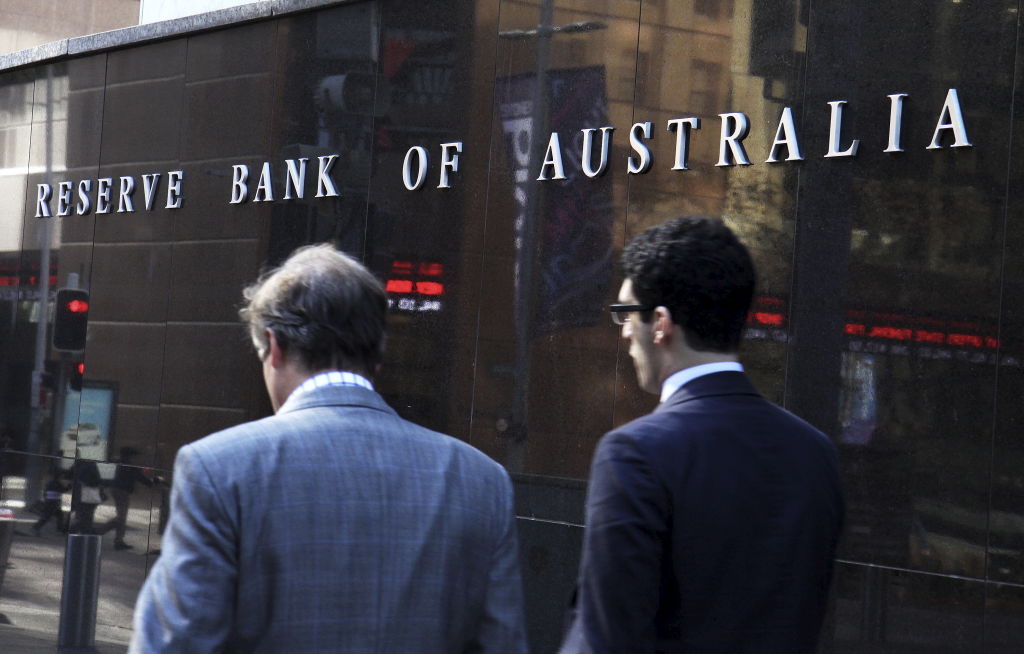Reserve Bank holds: Why the board won't lift the cash rate until late 2019

The Reserve Bank’s statement accompanying the October interest rate decision, where rates were kept on hold at 1.5 per cent, provided a mixed assessment of the Australian economy.
While the RBA was optimistic about economic growth and the jobs market, the RBA highlighted the risks surrounding household debt, slow income growth, tighter credit conditions and global trade.
The RBA maintained the key line that “[f]urther progress in reducing unemployment and having inflation return to target is expected, although this progress is likely to be gradual”.
However, there were three key developments in September that will remain top of mind for the board as they ponder their next move.
Banks are raising – but also cutting – home loan rates
While the cash rate hasn’t changed in more than two years, banks are adjusting their home loan rates. Most banks, excluding NAB, recently increased owner-occupier home loan rates for existing customers. But banks are also cutting rates for new home loan customers to try to capture market share. As a result, home loan rates for owner-occupiers haven’t changed much overall. For investors, interest rates have remained fairly steady overall in 2018 but have fallen for new customers. The RBA noted that while credit conditions are tight, “mortgage rates remain low and there is strong competition for borrowers of high credit quality”.
Total housing credit growth slowed to a 5.4 per cent annual increase, the slowest rate since 2013. The combination of investors withdrawing from the market as prices fall and tighter lending by the banks has meant property investor credit growth has fallen to a record low level.
The risk of a US-China trade war has increased
One of the biggest threats to the Australian economy is a possible trade war between the US and China. The RBA maintained the line that “one ongoing uncertainty regarding the global outlook stems from the direction of international trade policy in the United States”.
The escalating trade – and diplomatic – dispute between the US and China could affect Australia through a few channels. A trade war would reduce Chinese demand for our exports, particularly commodities such as iron ore. This would impact Australia’s economy as China is Australia’s largest export destination and trading partner (see graph below). A trade war may impact global growth and global supply chains by slowing trade and pushing up prices, as well as affecting US-Australia trade and battering global confidence.
The RBA modelled three trade-war scenarios earlier this year, with its worst case scenario a 20 per cent tariff on all US imports and a 20 per cent tariff on US exports by all other countries. The RBA predicted that a large-scale trade war would increase Australia’s unemployment rate and lower economic growth, but that a lower exchange rate and a lower cash rate rate would help to insulate Australia’s economy.
Strong economic growth masks some underlying weakness
Australia’s GDP growth over the year to June was 3.4 per cent, the fastest rate since 2012. But the headline figure masks some underlying weakness.
Households are saving less of their income. The saving rate fell to 1 per cent, its lowest level since 2007. While this may be a sign of confidence about better job prospects and higher wages, with household debt at record high levels, declining savings may concern the RBA. However, it is possible that spending will slow in the future, due to falling house prices weighing on household consumption. Government spending on infrastructure was also a major contributor to growth over the past year.
Over the longer term, GDP growth has been boosted by strong population growth, with GDP per capita growth declining by more than GDP growth since the 1990s.
The RBA is keeping a close eye on the many moving parts of the economy and the risks on the horizon. With little change to the RBA’s interest rate statement, the RBA won’t be lifting interest rates until at least the second half of 2019.
We recommend
We thought you might like
States
Capital Cities
Capital Cities - Rentals
Popular Areas
Allhomes
More







